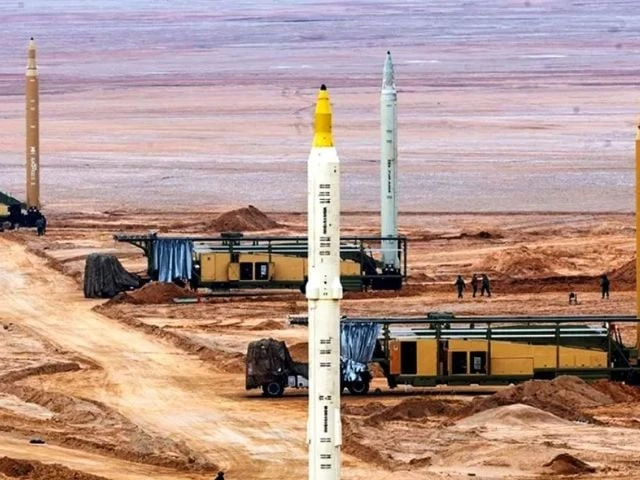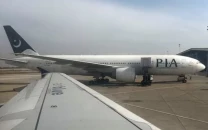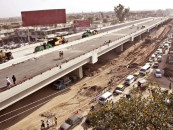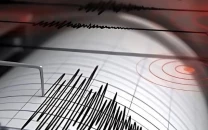Iran’s Sejil missile: A regional game-changer?
Iranian experts consider the Sejjil a key symbol of Tehran's regional missile power

Iran’s long-range Sejjil ballistic missile is in the spotlight following its reported deployment during the recent “True Promise 3” operation targeting Israel, underscoring Tehran’s advancing missile capabilities, Mehr news agency reported.
What is Sejjil?
The Sejjil, a solid-fuel, two-stage ballistic missile, is widely regarded as one of the most sophisticated assets in Iran’s arsenal.
Capable of carrying a 650 kg warhead, the missile has a reported range that enables it to strike targets such as Tel Aviv from Iranian territory in under 10 minutes, according to military analysts.
The missile's use of solid propellant reduces launch preparation time, making it more difficult for enemy defence systems to intercept.
Significance
Its speed and range place it among the most strategic weapons in Iran's inventory, playing a central role in the country's deterrence doctrine.
Military experts consider the Sejjil a key symbol of Iran’s regional missile power, with its development marking a significant milestone in the nation’s defence industry.
According to The National Interest in a 2017 report, the Sejjil was considered Iran’s most advanced missile prior to the unveiling of the Khorramshahr system.
The upgraded Sejjil-2 features a faster launch process and improved warhead design over its predecessor, the Sejjil-1. Experts suggest these upgrades have significantly enhanced Iran's rapid-strike potential.
A senior Israeli defence analyst warned that intercepting Sejjil missiles would pose a challenge for Israeli missile defence systems due to the missile's high velocity and solid-fuel propulsion.





















COMMENTS
Comments are moderated and generally will be posted if they are on-topic and not abusive.
For more information, please see our Comments FAQ